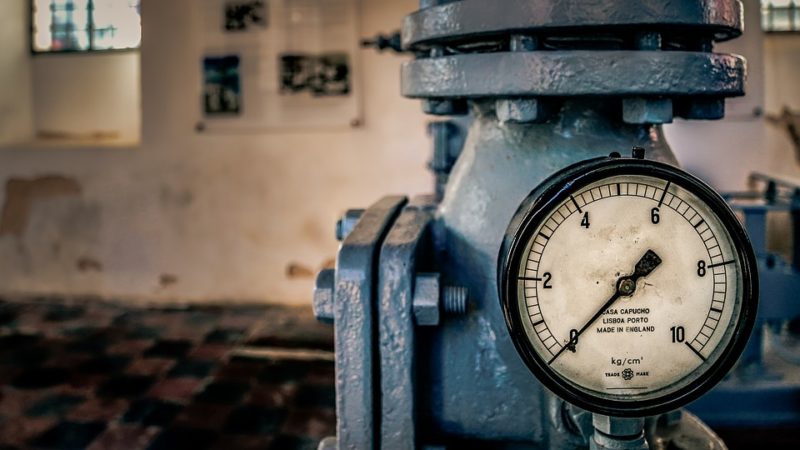What is a pressure washer pump protector? It protects the pressure washer pump against corrosion, freezing, premature wear, and mineral deposits in extended storage. It is also helpful for all pressure washers.
What’s amazing about it is that it adds lubrication to the valves, pistons, and seals that prevent sticking.
Moreover, the pressure washer pump protector safeguards the pressure washer pump, including internal components such as seals and pistons. It also attaches to the inlet of a pressure washer, dispensing fluid while preparing and storing the pressure washer. Let us discuss more on this below. Keep reading!
Importance of Pump Protector Application Upon Storage
The metal oxidation and mineral accumulation can wear out a piston and a pump seal due to the waster inside a pump. Since the pump is exposed to moisture more often, contaminants can stay in the pressure washer after it’s emptied and dried. Impurities that remain there for a long time will freeze and affect the pump. An antifreeze pressure washer pump protector is a chemical to inject into the pump of a machine to avoid freezing the components.
Indeed, this is an essential step to stay in the conventional winterizing pressure in an electronic washer pump. The pump protector protects against corrosion to penetrate the crannies and nooks in a pressure washer pump. Thus, it best maintains the original condition. Flush the lubricant before storing the device to save more than a hundred dollars in repair costs.
Different Choices Of Pressure Washer Pump Protector
So, what is a pressure washer pump protector? Below are the different choices of pressure washer pump protectors to consider.
#1. STA-BIL 22007
This lubricant protects the seals, pistons, & gaskets against degradation when not used in a long time. This product is suitable for maintaining equipment as it lubricates and protects internal components following a similar performance. Plus, this anti-freeze oil releases protective foam in the liquid nozzle. Get ready for the winter season using this pump protector that keeps the line water-secure against freezing, with the protective formulation of oil.
Apply the solution as you connect the pump inlet in a tube through a pump protector type of container. Dispense the solution as you open its top cover, pushing the button. The fluid that begins to move away from a valve outlet secures the pump. Get the hose disconnected in the inlet of a pump while you store the equipment in a secure place.
#2. Generac 6656
The pressure washer oil in Generac is a lubricant with a reasonable price for each bottle of twenty-ounce oil. This features a conventional black container with clear plastic on one side and a volume indicator that lets you know the oil in the bottle for every use. Now, this permits you to measure out the amount exerted for every use and this is while you monitor the rest of the oil in the container.
The oil is a lubricant intended for a pressure washer pump. The pressure washer pump operates seamlessly, so there is no external friction that further damages the equipment. This oil is backed by robust chemical technology, protecting the pump against hot environments and extreme conditions. Plus, it reduces frictional forces which impact the operation in a startup. It’s a recognized brand that makes a pressure washer long-lasting. The pump protector oil is composed, which is an excellent choice.
#3. Synthetic oil
This engine oil is an all-purpose that operates at a temperature of fifty-degrees Fahrenheit or ten degrees Fahrenheit and more. The synthetic oil works as a replacement for commercial oil bought in a store in the pressure washer pump. Thus, it protects the pump from certain conditions while reducing consuming oil and enhances the start-up performance in a pressure washer. I guess it’s helpful to read about what kind of oil for pressure washer pump.
Several Indicators That There Is Failure In Pressure Washer Pump
Some indicators can tell if a pressure washer pump is faulty, like a low-pressure output, pulsating pressure output, and leakage. Leakage is due to a damaged or worn pump seal. And, the pulsating pressure means that not enough water is in the pump, while the low pressure is also due to dirt blockage or worn O-rings in the pump inlet.
#1. Leaking pump indicator
The leak is a common issue associated with the pressure washer pump brought by a worn or damaged seal. Grab a new gasket to replace the old one and remedy the leak. And, the leaking inlet or outlet elbow and cylinder head is due to frozen water in the pump. After that, drain the water inside the pump before the winter. Or else, it might expand, damaging the parts of the plastic. Identify the leaks by removing the case in a pressure washer. Turn its water on but not with the engine or motor and case removed. The water in the hose runs in the pump that tells the area where the leak originates.
You may also be interested to know about how to change pressure washer pump oil.
#2. Low-pressure output
The pressure washer does not produce enough pressure indicating a faulty pump. The low pressure is due to the worn-out O-ring or rubber gasket seals in the valve and pistons. Resolve the problem by replacing its O-ring. Restore the pressure of the machine to remove the debris and dirt.
It’s A Wrap!
Now you learn What is a pressure washer pump protector protects the pressure washer pump against corrosion, freezing, premature wear, and mineral deposits in extended storage. Plus, you learn the different choices of pressure washer pump protector to buy. Here’s a definitive guide to pressure washer pumps you should also read!

